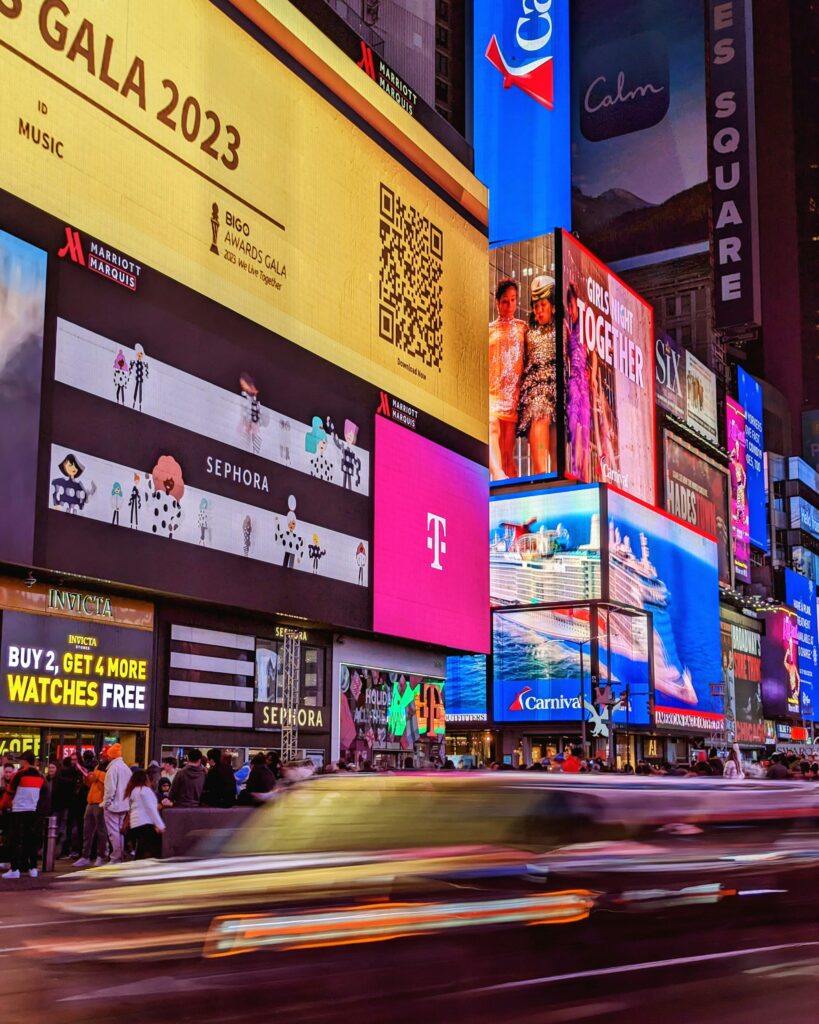Picture this: You’re walking down the street, minding your own business, when suddenly you feel a buzz in your pocket. You pull out your phone and see a notification from your favorite coffee shop offering you a 20% discount on your morning latte. How did they know you were walking by? Welcome to the world of geofencing marketing.
Geofencing technology allows businesses to target customers based on their location, sending personalized messages or promotions when they enter a specific area. By using GPS or RFID technology, companies can create virtual perimeters around physical locations, such as stores, events, or neighborhoods, to trigger targeted marketing campaigns.
According to a recent study by Business Insider, geofencing marketing can increase customer engagement by up to 30% and boost sales by 25%. It’s no wonder why businesses across various industries, from retail to hospitality, are jumping on the geofencing bandwagon.
But what about privacy concerns? Some critics argue that geofencing technology raises red flags about data privacy and surveillance. However, proponents of geofencing argue that when used responsibly and transparently, it can enhance the customer experience and drive sales.
As we move towards a more digitally connected world, geofencing technology is just the tip of the iceberg when it comes to location-based marketing strategies. Stay tuned to see how businesses continue to innovate and adapt to the ever-changing consumer landscape.



